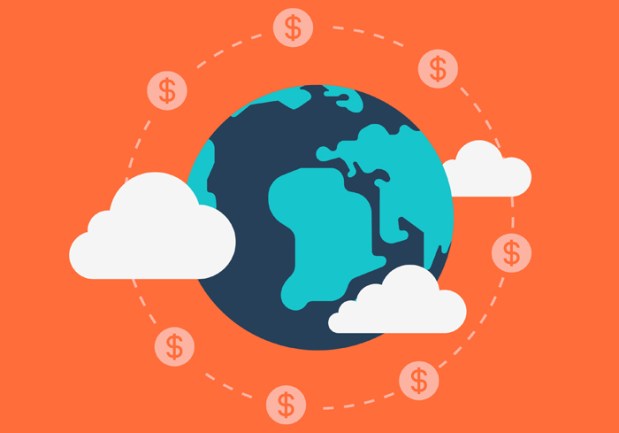A Realistic Look At The ‘Global Middle Class’

New research shows the promise of a global middle class may still be somewhat out of reach.
While the first decade of the century saw a significant reduction in global poverty and an almost doubling of the number of people who fall into the middle income bracket, the arrival of a true global middle class remains unseen, according to A Global Middle Class Is More Promise Than Reality, a new Pew Research Center analysis of the most recently available data.
The research provides a realistic view of the established prosperity in the economies of Europe and North America and the stark contrast when looking at a global economy that shows more division than previous studies suggest, The Financial Times reported Wednesday (July 8).
The study may also provide a wake-up call to companies, especially those that have embarked on targeting the middle class group in developing regions. Some multinational corporations are already beginning to rethink strategies in what they expected to be markets exhibiting strong growth, The Financial Times confirmed.
In all actuality, the global middle class is not only getting smaller but poorer as well, with the potential for hundreds of millions who have emerged from living below the poverty line to fall right back into it, the study explains.
But one of the biggest misconceptions about the global middle class really lies in where the lines are drawn, meaning what really constitutes middle class versus poor. As a source of debate, putting a true definition on “middle class” is tough since being middle class in the U.S. most likely involves a vastly different economic experience than that of someone who is considered middle class and lives in a developing country.
According to Pew researchers, even by using the broadest definition to say middle class means living on between $10 and $100 per day, only 1.7 billion people even fell into the middle class category at the end of 2011.
Interestingly enough, the $10 threshold is close to the median daily per capita income in the U.S. for households living in poverty, which, according to Pew, was $11.45 in 2011. By this standard, a significantly large share of poor people in the U.S. also fail to reach the global middle income mark.
“The global middle class is smaller than we think, it is less well off than we think, and it is more regionally concentrated than we think,” Rakesh Kochhar, the lead author of the study, told The Financial Times.
While some of the data seemed promising — such as almost 670 million people rising above the global poverty line of living on $2 per day from 2001 to 2011 — the threshold itself was drastically lower than the poverty line consideration in the U.S. during that same time, which stood at $15.77 per day.
According to Pew, even with that change, about 56 percent (roughly 3.4 billion people) of the world’s population was found to be just above the global poverty line, living on $2 to $10 a day — the same as a family of four earning $2,920 to $14,600 a year.
Those who are “newly minted as middle class enjoy a standard of living that is modest by Western norms,” Kochhar said in a statement, as told to CNBC. “As significant as the rise of the middle class has been, middle-incomes status is still beyond the grasp of many people in developing and emerging markets.”
Not surprisingly, the study also found the majority of the world’s well-off households — those living on more than $50 per day — remain in North America and Europe. Approximately 87 percent of the global “high-income” population lived in the two regions in 2011, showing a slight decrease from 91 percent 10 years earlier.
The research was conducted throughout 111 countries with a combined population of 6.2 billion, or 88 percent of the world’s population in 2011. In the same year, these 111 countries also accounted for 85 percent of global output.
